Tin Chloride, also known as Stannous Chloride (SnCl₂), is a white crystalline compound widely used in various industrial and laboratory processes. Its reducing properties and reactivity with organic and inorganic substances make it a crucial chemical in electroplating, polymer manufacturing, and dye industries.
Applications of Tin Chloride
1. Electroplating Industry:
- Metal Coatings:
Used as an electrolyte in electroplating baths to deposit tin layers on other metals, providing corrosion resistance and improved surface properties. - Solder Manufacturing:
Employed in soldering processes to create strong metal bonds.
2. Reducing Agent:
- Chemical Synthesis:
Acts as a reducing agent in organic and inorganic reactions, including the reduction of nitro compounds to amines. - Dye Industry:
Reduces metal-containing dyes to enhance color development and stability.
3. Polymer and Plastics Industry:
- PVC Stabilizer:
Utilized in the production of polyvinyl chloride (PVC) to improve thermal stability and processing characteristics.
4. Analytical Chemistry:
- Testing for Mercury Ions:
Used in qualitative and quantitative analysis for detecting the presence of mercury in samples.
5. Glass and Ceramics:
- Glass Surface Treatment:
Tin Chloride is applied to glass surfaces to create reflective coatings or enhance their appearance.
6. Pharmaceuticals and Cosmetics:
- Formulation Ingredient:
Occasionally used in the formulation of certain pharmaceuticals and cosmetic products.
7. Research and Development:
- Catalyst in Research:
Serves as a catalyst and reagent in laboratory studies and industrial research applications.
Safety Guidelines for Handling Tin Chloride
Tin Chloride is a potentially hazardous material and requires appropriate safety precautions during handling and use.
1. General Handling Precautions:
- Personal Protective Equipment (PPE):
- Use gloves, safety goggles, and a lab coat to prevent skin and eye contact.
- In poorly ventilated areas, wear a respirator to avoid inhaling dust or fumes.
- Work Environment:
Conduct operations in a fume hood or well-ventilated area. Avoid breathing in dust or vapors.
2. Storage Guidelines:
- Dry and Cool Storage:
Store in a tightly sealed container in a cool, dry place. Protect from moisture as it is hygroscopic. - Segregation:
Keep away from oxidizing agents, acids, and moisture to prevent hazardous reactions.
3. First Aid Measures:
- Eye Contact:
Rinse eyes with water for at least 15 minutes. Seek medical attention if irritation persists. - Skin Contact:
Wash affected skin with soap and water. Remove contaminated clothing. - Inhalation:
Move to fresh air. If symptoms like coughing or respiratory distress occur, seek medical assistance immediately. - Ingestion:
Rinse mouth with water and seek medical advice. Do not induce vomiting.
4. Spill and Waste Disposal:
- Containment:
- Collect spilled material with inert absorbents like sand.
- Avoid creating dust during cleanup.
- Disposal:
Dispose of Tin Chloride waste in accordance with local and national environmental regulations.



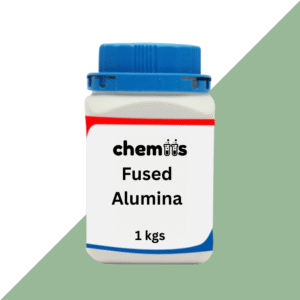
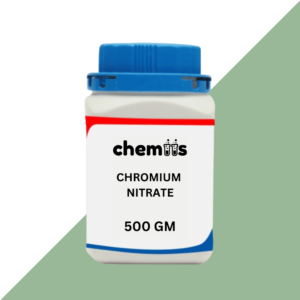
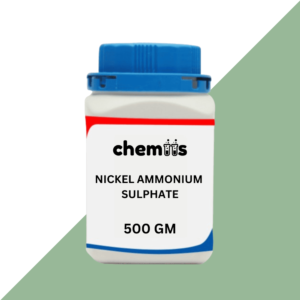
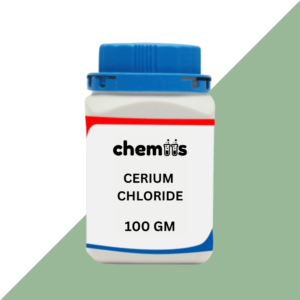
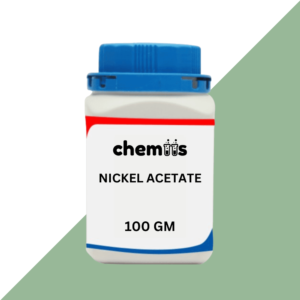
Vipin Giri (verified owner) –
Arrived earlier than expected.
Namrata Bansode (verified owner) –
Satisfied with the results.
Payal Kamat (verified owner) –
Neatly packed items.
Aarav Mehta (verified owner) –
On-time and well-packed.
Shreyas Rao (verified owner) –
Clear product details.
Bhavika Shah (verified owner) –
Repeat customer, always happy.
Rohan Gupta (verified owner) –
Excellent shipping speed.
Bhavika Shah (verified owner) –
Ordering was easy.
Jyoti Sharma (verified owner) –
Support team is very polite.
Deepansh Bedi (verified owner) –
Will recommend to others.